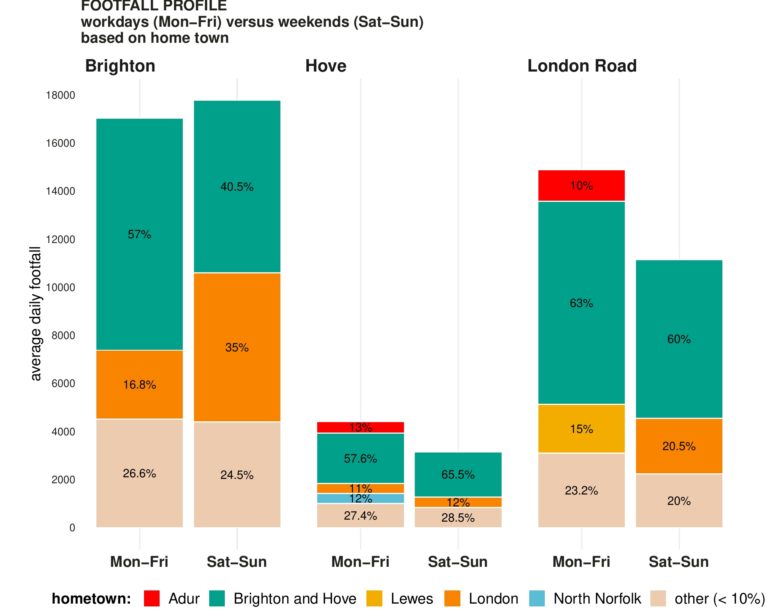Populations who frequently eat fast food and live within close proximity of unhygienic food establishments may be at higher risk of contracting foodborne illness than those who do not eat takeaways regularly – but which food establishments are most likely to be unhygienic?
Recent research by CDRC PhD student Rachel Oldroyd uses logistic regression to identify ecological determinants of non-compliant food outlets in England and Wales. Rachel’s recent paper in Health & Place highlighted:
- A clear gradient of association is observed between increased deprivation and the probability of non-compliance.
- Food outlets in the most deprived areas are 25% less likely (OR = 0.75) to meet hygiene standards than those in the least deprived areas.
- Takeaways, sandwich shops (OR = 0.504) and small convenience retailers (OR = 0.905) are less likely to be compliant than restaurants.
- Food outlets in large conurbation areas are less likely (OR = 0.678) to meet hygiene standards than those located in cities and towns.
- Outlets in deprived and urban areas, especially takeaways, sandwich shops and convenience stores should be prioritised for inspection.
You can read the full paper here.



